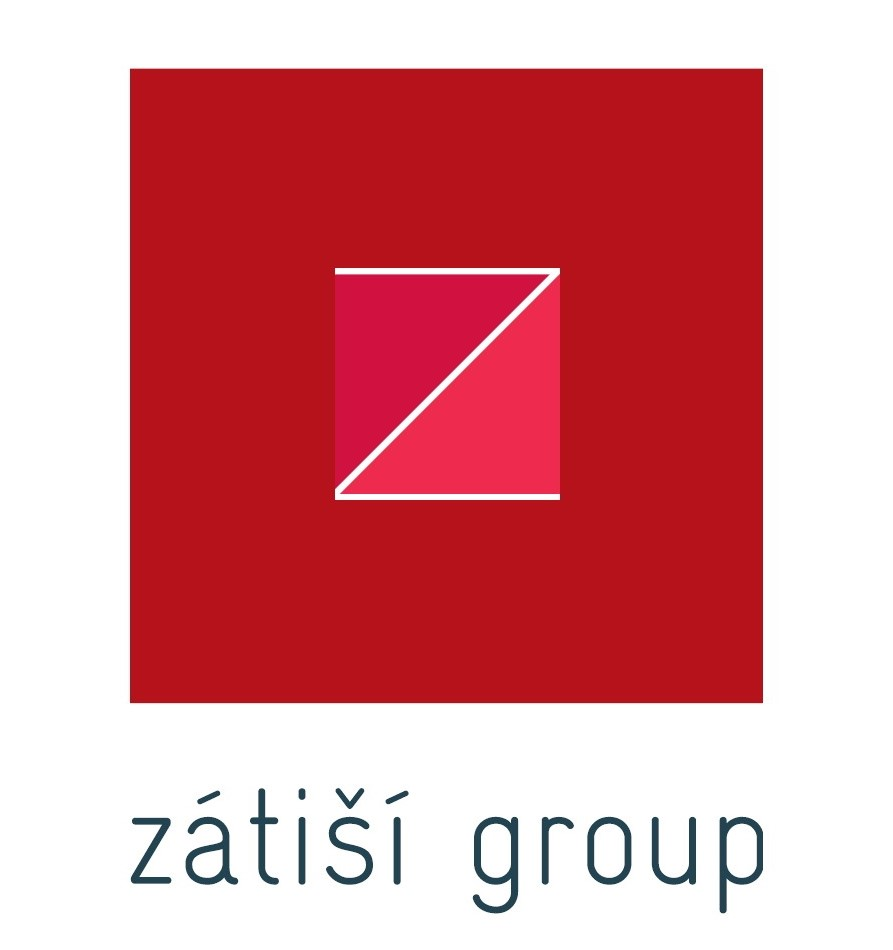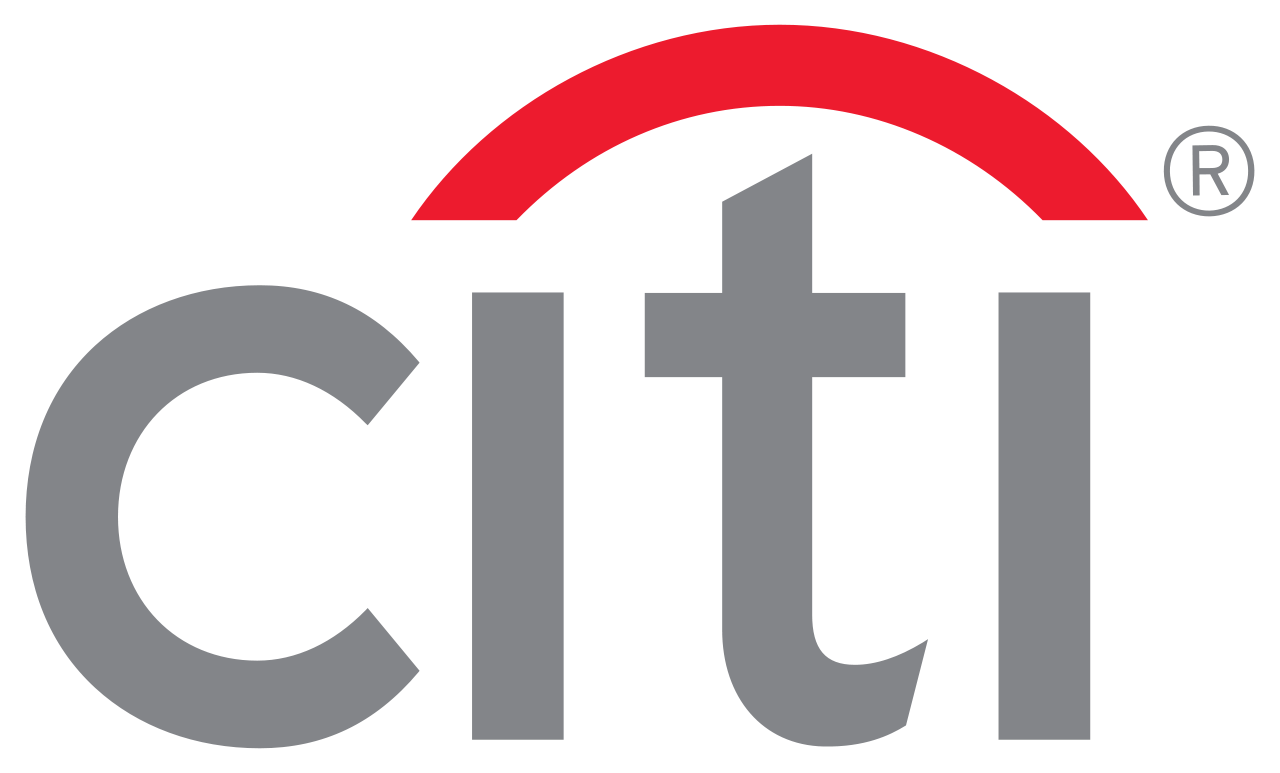CEE is holding its own against some gusty headwinds
7.04.2011Company: Amcham
Global growth dynamics remain supportive for CEE, external demand surprised on the upside in Q1 though domestic demand remains weaker in a number of economies in the region...
Česká verze ke stažení zde: Region CEE odolává protivětru
- Global growth dynamics remain supportive for CEE, external demand surprised on the upside in Q1 though domestic demand remains weaker in a number of economies in the region.
- Higher commodity prices have different implications for different countries, making some central banks in the region increasingly uncomfortable
- Trade and financial linkages with Japan are not a risk while risks from the EMU periphery crisis are also contained; in a benign scenario the impact of events should be neutral to positive for the economic activity in CEE
- Finally Central and Eastern Europe re-joins the global capital flow party
- 2011 data confirms expected GDP gains for CEE as a whole of almost 4 percent
The CEE region as a whole will see GDP growth of almost 4 percent in 2011, with all countries covered by UniCredit´s banking network posting gains for the first time in four years. This is once again one of the key findings from the current issue of “CEE Quarterly” published by UniCredit´s Economics & FI / FX Research. Data released to date for this year supports the view of UniCredit researchers. For example, the manufacturing PMI index has displayed a further 1.2 point increase to 56.9 over the first two months of 2011, its highest on record. Thus CEE seems to be put on track for an acceleration rather than a deceleration in growth. At this stage of a continuing recovery in economic activity higher commodity prices have become the most important source of uncertainty.
“Our primary concern these days is commodity prices. Local central banks in CEE hold differing views on the implications of higher commodity prices, depending on whether their respective country is an oil importer or an exporter”, said Gillian Edgeworth, Head of EEMEA Economics at UniCredit, “Higher commodity prices are as much an upside risk to inflation as they are a downside risk to growth.” Growth in CIS might benefit from the increase in global energy prices. Partially counteracting this, Russia and Kazakhstan have suffered from higher food prices but the recovery in domestic demand is better anchored than elsewhere in the region and should therefore be able to withstand this. Additionally both economies have shown a meaningful decline in unemployment since the crisis as well as the strongest real wage growth.
Among energy importers, downside risks to growth are more contained in Turkey and to a lesser extent in Poland. The most recent reading in Poland shows employment growth in excess of 4 percent, though real wage growth remains much below 1 percent. Latest data from Turkey showed it posting the largest wage growth in the region following CIS. While every USD 10 increase in the price of a barrel oil adds 0.4-0.5pp to national current account deficits, both countries to date have also shown an ability to import capital to facilitate such a wider CA deficit. “Higher oil and food prices mean that inflation targets for many central banks in the region are currently out of reach. Czech Republic and Turkey are the only countries in the region to post inflation below target”, stated the chief economist, “Central banks will remain well aware that all that is required from here to bring inflation down is stabilization in food and oil prices and not a decline. Should harvests show an improvement on last year´s poor performance, it would introduce downside pressure to food prices.” Nevertheless, it is the uncertain commodity price outlook combined with manageable core inflation, which creates a dilemma for central banks.
Trade and financial linkages with Japan are not a risk. In a benign scenario, the impact of events in Japan should be neutral to positive for the economic activity in CEE. In terms of a potential decline in import demand from Japan, the impact on the region should be easily manageable. Over the 12 months to October 2010, 1.5 percent of all CEE exports went to Japan. To the extent that parts of CEE export to Germany, which then re-exports to Japan, once again the impact should be negligible. While CEE may not benefit directly from an uptick in Japanese growth on the back of the rebuilding effort, CEE will benefit to the extent China is involved in those efforts. CEE exports 2.5 times more goods to China than to Japan. Moreover UniCredit researchers do not exclude that the automobile industry in CEE may also benefit to the extent that there is a shortfall in production elsewhere. Meanwhile financial linkages are weak: BIS data shows exposure of Japanese banks to CEE at a modest USD 20.9 bln, of which USD 9.3 bln is owed by Russian entities and USD 3.2 bln by Turkish entities. For comparison, European banks were owed USD 1,263 bln by CEE entities at the end of Q3 last year.
Later than other emerging market regions capital is now beginning to trickle down through CEE region on the back of improving fundamentals and supportive positioning. With the exception of Poland and Turkey, Q3 2010 represented the first quarter since the crisis when CEE as a whole saw a very modest renewal of inflows. Especially CIS and the Balkans experienced outflows much longer than other CEE countries. “The laggards are now showing signs of catching up. We view this as a function of two drivers: First central banks in other EM regions globally have stepped up their battle against capital inflows. Second a number of countries in the region have shown an improvement in macro performance in part due to IMF anchored reforms, in part due to higher commodity prices”, reckoned Gillian Edgeworth. As Poland and Turkey have already seen more than their fair share in short term capital inflows, they appear most vulnerable in terms of an outflow in the event of deterioration in risk appetite globally. For this reason a shift in the nature of capital inflows at this stage would be preferable.







